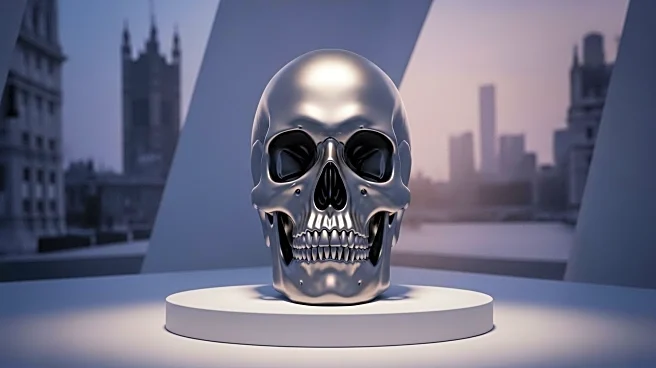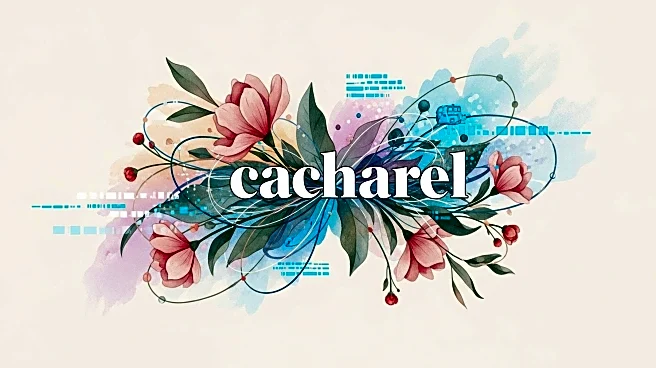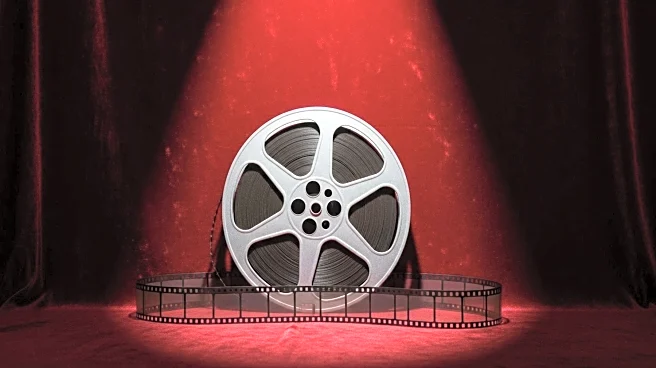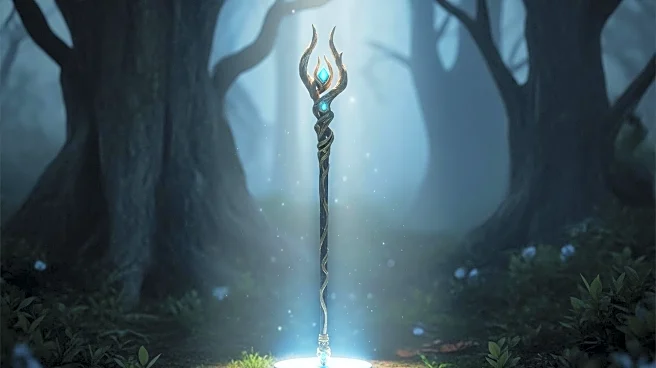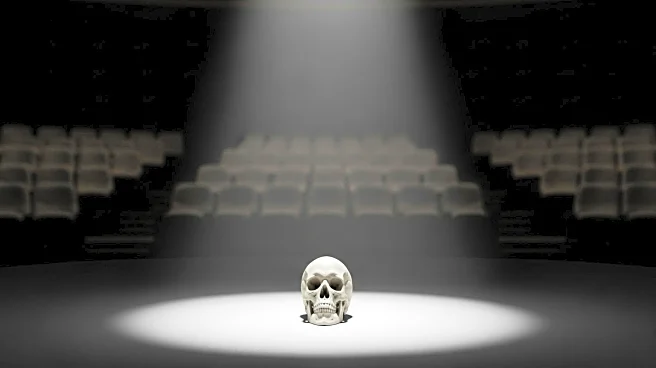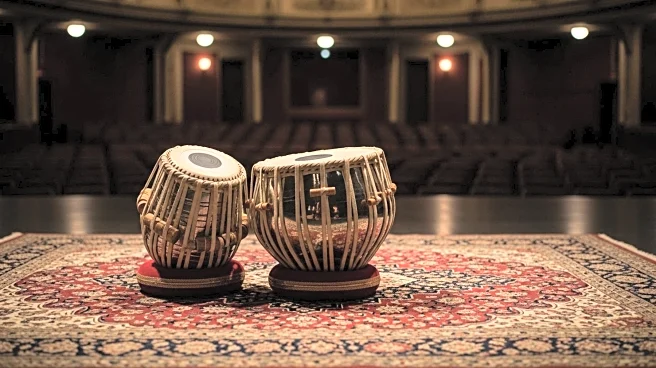What is the story about?
What's Happening?
Aneil Karia's new film adaptation of Shakespeare's 'Hamlet' features Riz Ahmed in the titular role, set in modern-day London. The film transposes the classic tragedy to a corporate setting, where Hamlet's family is of Indian heritage. Despite preserving the original text, the adaptation faces challenges in translating the royal themes to a contemporary corporate world. The film's visual style, shot on digital video, and its portrayal of Hamlet's mental health issues are notable aspects. The adaptation includes unique elements such as an Indian-style dance number and a modern interpretation of Hamlet's soliloquy.
Why It's Important?
This adaptation of 'Hamlet' highlights the ongoing relevance and adaptability of Shakespeare's works in modern contexts. By setting the story in a corporate environment, the film attempts to explore themes of power, betrayal, and mental health in a contemporary setting. Riz Ahmed's involvement brings attention to the film, given his acclaimed performances and previous collaboration with director Aneil Karia. The adaptation's approach to mental health issues reflects a growing trend in cinema to address such topics with empathy and modern understanding.
What's Next?
The film's reception may influence future adaptations of classic works, encouraging filmmakers to explore diverse settings and themes. The portrayal of mental health in the film could spark discussions on its representation in media. Additionally, the film's unique elements, such as the dance number, may inspire other adaptations to incorporate cultural diversity and innovative storytelling techniques.
Beyond the Headlines
The adaptation raises questions about the cultural translation of classic texts and the challenges of maintaining their essence while updating their context. It also touches on the ethical considerations of portraying mental health issues in a way that resonates with contemporary audiences. The film's setting in a corporate world may reflect broader societal shifts in how power dynamics are perceived and critiqued.
AI Generated Content
Do you find this article useful?
